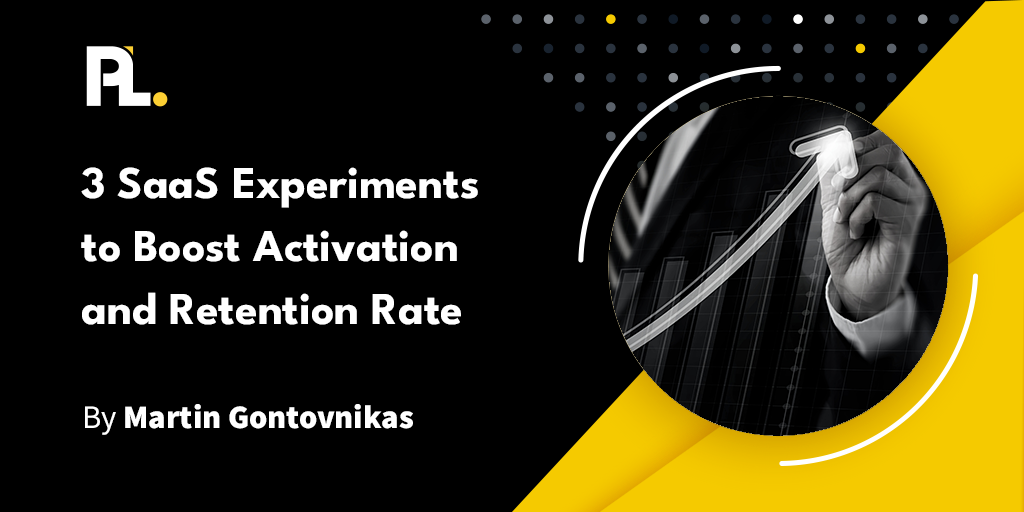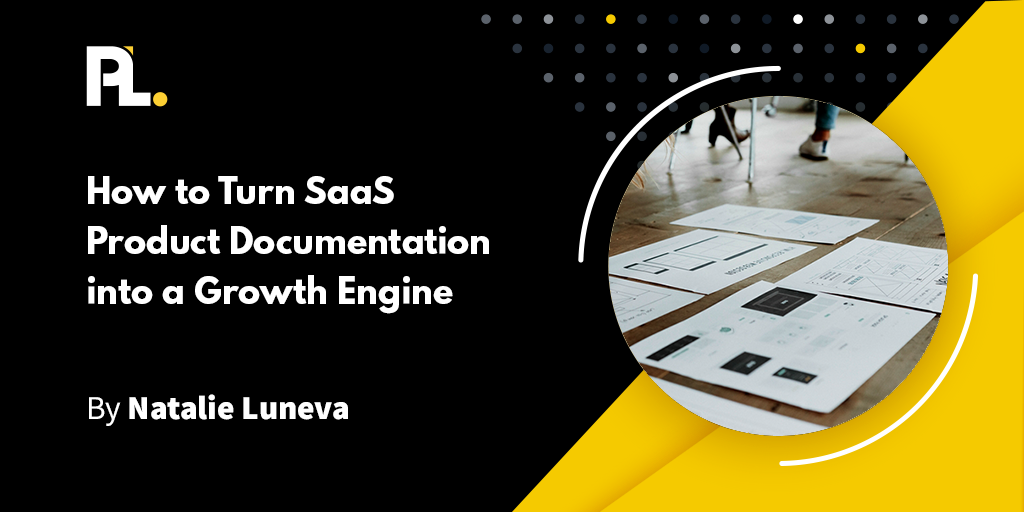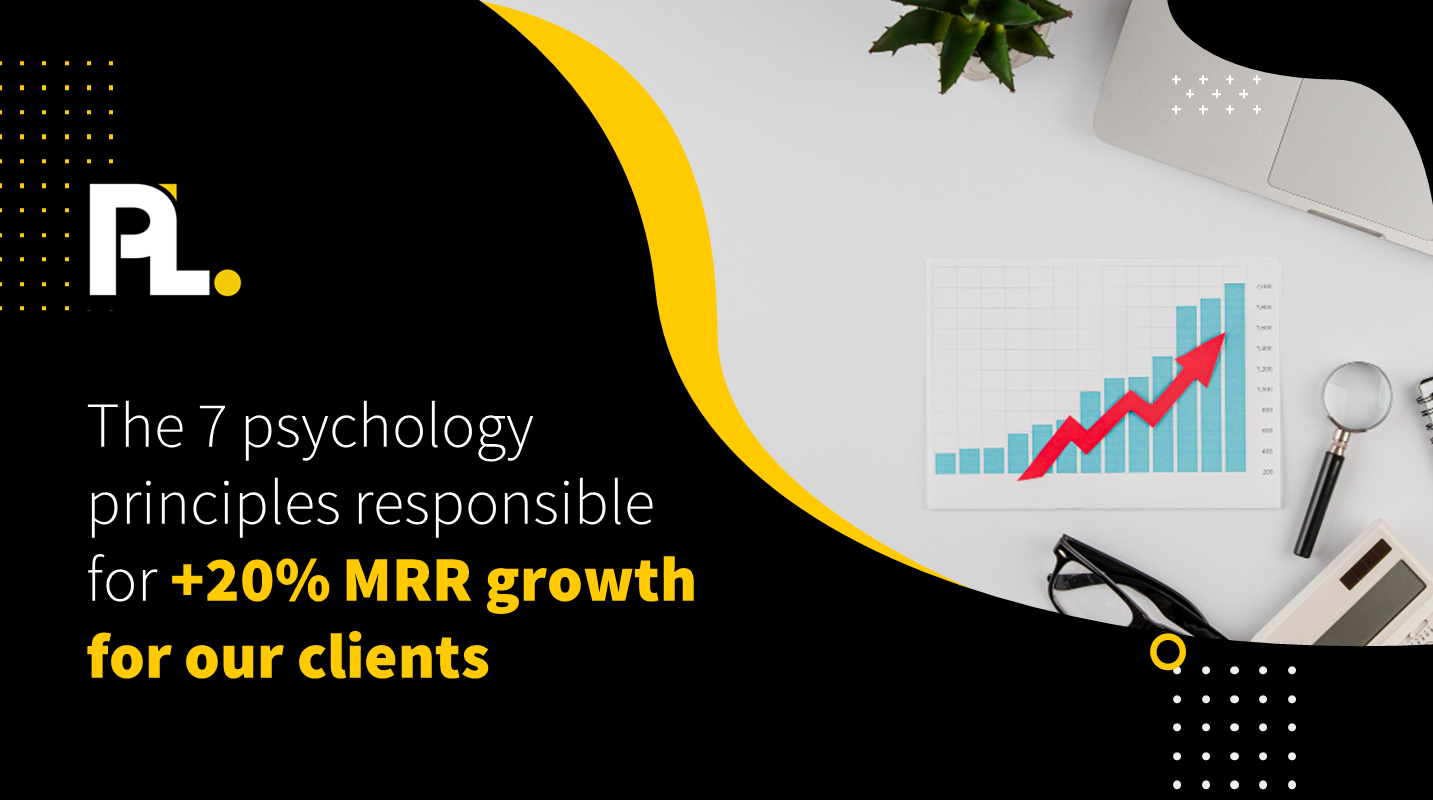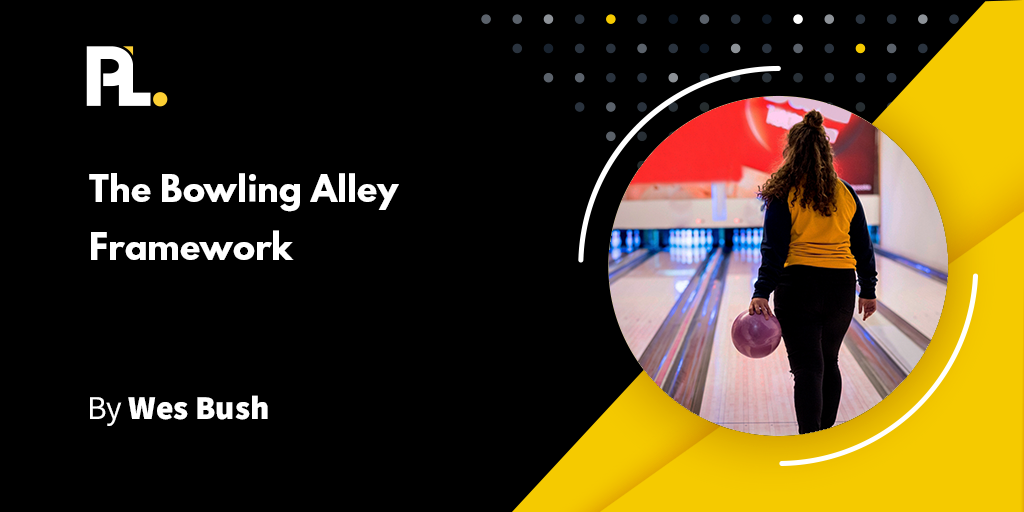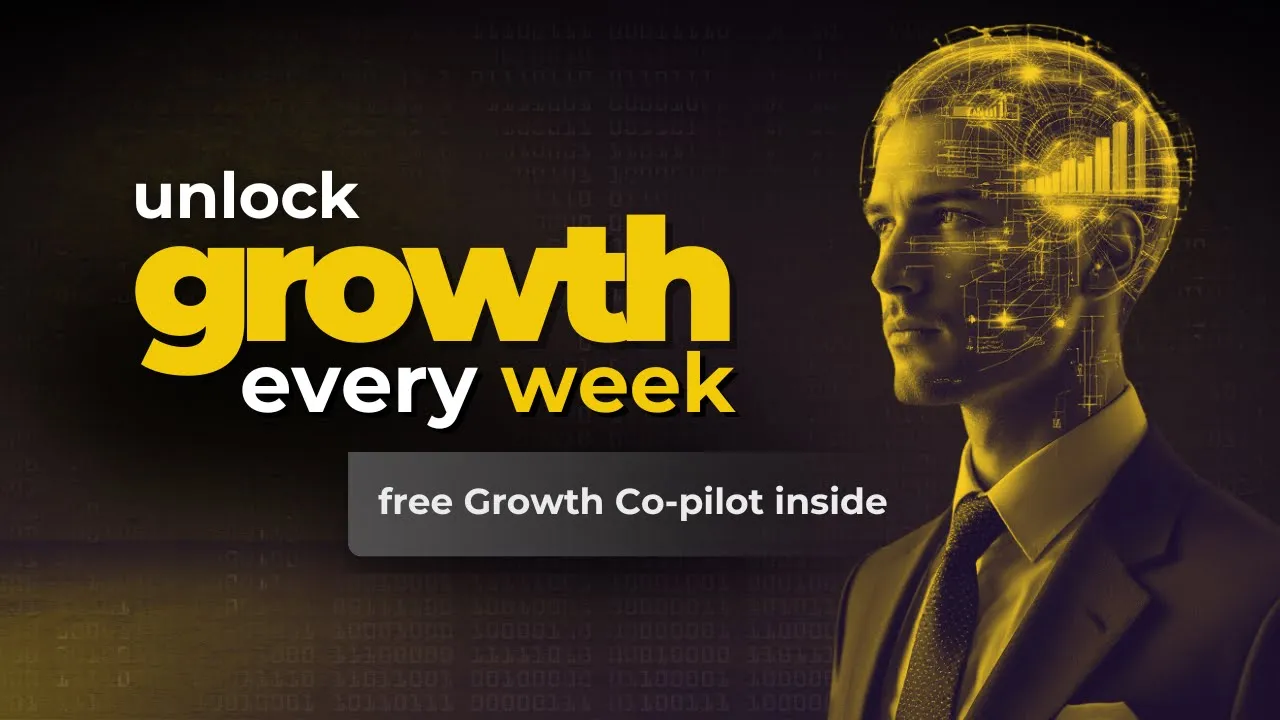
Most founders think they’re “doing PLG” by simply launching a free trial. Add a signup form, make pricing public, let people try the product. Done, right?
Then the conversions don’t come. The growth plateaus. And they wonder why it's not working.
The truth? You’ve only built the roof.
The PLG Iceberg: What You See vs. What’s Actually Required
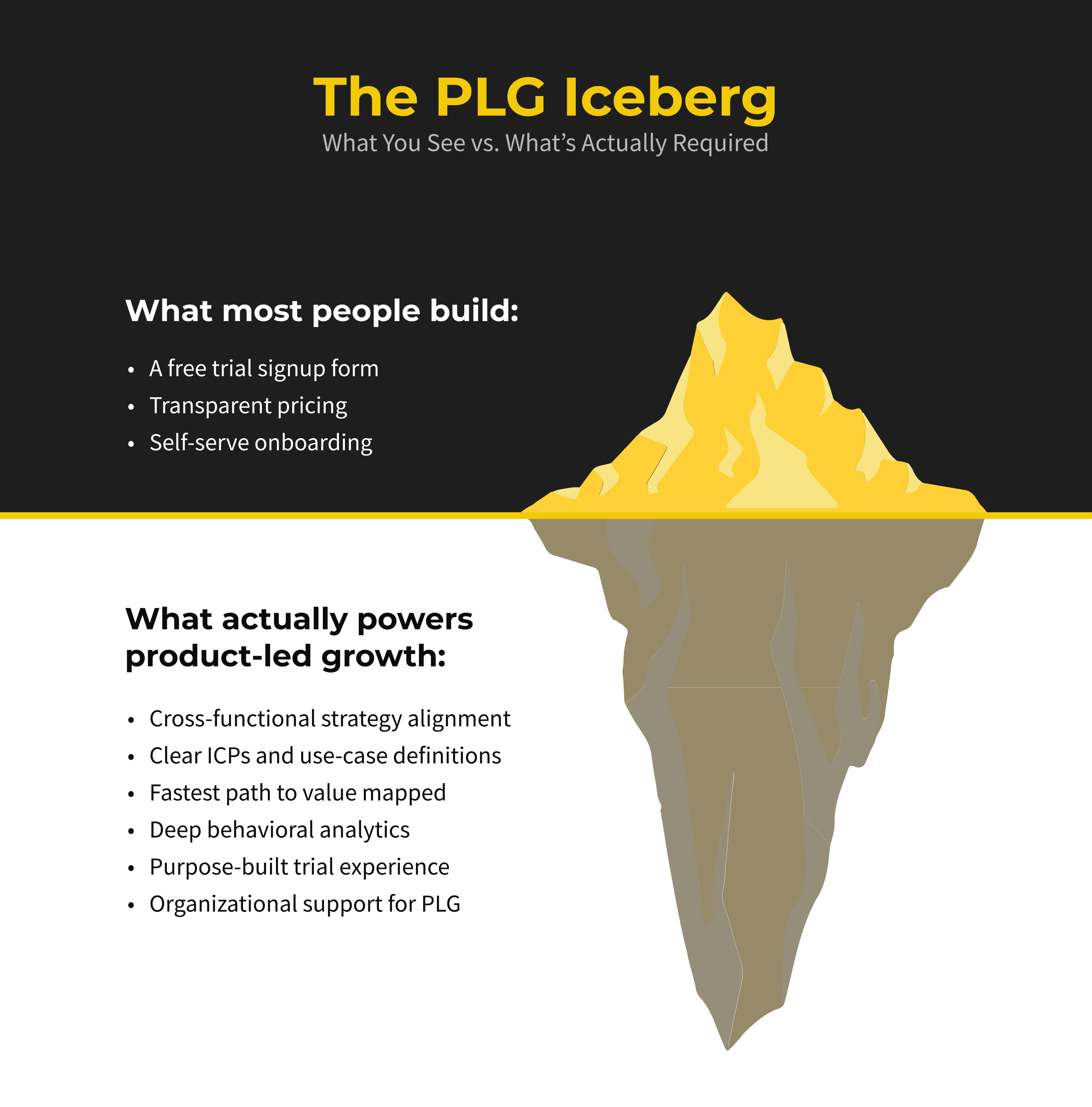
What most people build:
- A free trial signup form
- Transparent pricing
- Self-serve onboarding
What actually powers product-led growth:
- Cross-functional strategy alignment
- Clear ICPs and use-case definitions
- Fastest path to value mapped
- Deep behavioral analytics
- Purpose-built trial experience
- Organizational support for PLG
90% of PLG implementations fail because founders build what’s above the waterline—and ignore everything underneath.
What Are the Most Common PLG Mistakes?
1. Your Free Trial Doesn't Deliver Value Fast Enough
If your product takes weeks to prove its worth, a 14-day trial won’t cut it. You need to engineer a fast path to value—ideally within the user’s first session.
2. You Don’t Know Who Your Ideal User Really Is
You can’t design a great trial without understanding who it’s for. Most teams skip foundational ICP and JTBD work before launching.
3. Your Free Tier Isn’t Designed to Convert
A “free” plan without a purpose is a leak, not a funnel. If your trial doesn’t lead users toward a high-value outcome, it won’t lead to paid plans either.
4. You’re Tracking the Wrong Data
You can’t improve what you can’t measure. If you’re relying on vanity metrics instead of tracking success signals, you're blind to what actually moves users forward.
Why You Can’t Just Bolt PLG Onto a Sales-Led Business
Product-led growth isn’t a marketing tweak—it’s a structural shift.
Successful PLG companies don’t just layer in a trial. They rethink their entire GTM model to:
- Remove friction from activation
- Empower users to onboard themselves
- Support success through product experience, not just customer success teams
- Align every department behind product as the main channel for acquisition, retention, and expansion
What Foundational Systems Make PLG Work?
PLG works when it's built on five interconnected systems:
a) What Makes Up the Foundation of PLG
To support sustainable growth, you need:
- Strategy: A clear PLG model aligned with business goals
- User intelligence: Deep insight into ICPs, user intent, and activation patterns
- Success path: An intentionally designed “first strike” moment—what users must do to get value
- Behavioral data: Systems to track and diagnose user actions tied to success
- Org-wide alignment: PLG is a company-wide motion, not just a product or marketing initiative
b) How to Start Building That Foundation
Start with tools built for the job:
- [ProductLed Scorecard] → Diagnose where your PLG systems are strong vs. missing
- [Reverse Funnel Planner] → Map your ideal customer journey backwards from outcome to entry point
- [Project Summary Template] → Turn strategy into execution with a prioritized rollout plan
If you're not building these systems, you’re not building PLG. You’re just redesigning the front door.
The Core PLG Funnel (What You Should Be Tracking)
Want to identify and solve growth bottlenecks? You need visibility into your actual funnel.
Here's a simplified version of a typical PLG conversion flow:
Visitors (3,000) → Signed Up (150) → Setup Complete (100) → First Strike (58) → Key Usage (30) → Upgraded (30)
These are the stages that matter:
- First Strike: The user's first moment of value (“aha!”)
- Key Usage Indicator: The behaviors that correlate with successful conversion
- Setup Completion: Whether users do the actions needed to reach value
Track these, not just vanity metrics. This is how you figure out what’s working—and what’s killing your conversions.
Why Reverse Funnel Thinking Changes Everything
Instead of obsessing over how many sign up, ask:
“What needs to happen for someone to upgrade—and how can I help them get there faster?”
This reverse approach helps you:
- Build toward outcomes instead of features
- Identify meaningful success milestones
- Simplify your onboarding around what actually drives value
Need help applying this? We break down real-world examples and case studies in the [ProductLed Newsletter].
Final Takeaways (Not Just Another CTA Block)
Most free trials fail not because the UI sucks—but because the underlying systems don't exist. If you want PLG to work, here’s what to focus on:
✅ Know who your product is really for
✅ Design a short, sharp path to value
✅ Track behavior, not just traffic
✅ Build internal alignment, not just a self-serve flow
✅ Use tools that help you diagnose and act
Want Help Building This?
We’ve helped 130+ SaaS companies go from sales-led to product-led without burning months reinventing the wheel.
- Check out the ProductLed System Program – For a full implementation blueprint
- Subscribe to the ProductLed Newsletter – For weekly strategies, teardown breakdowns, and playbooks
- Explore the ProductLed MBA – To align your org and train your team
- Take the PLG Readiness Assessment – To evaluate your current state
- Book a Strategy Session – To plan your next step
You don’t need to guess your way into product-led growth. Start with the systems. The rest will follow.



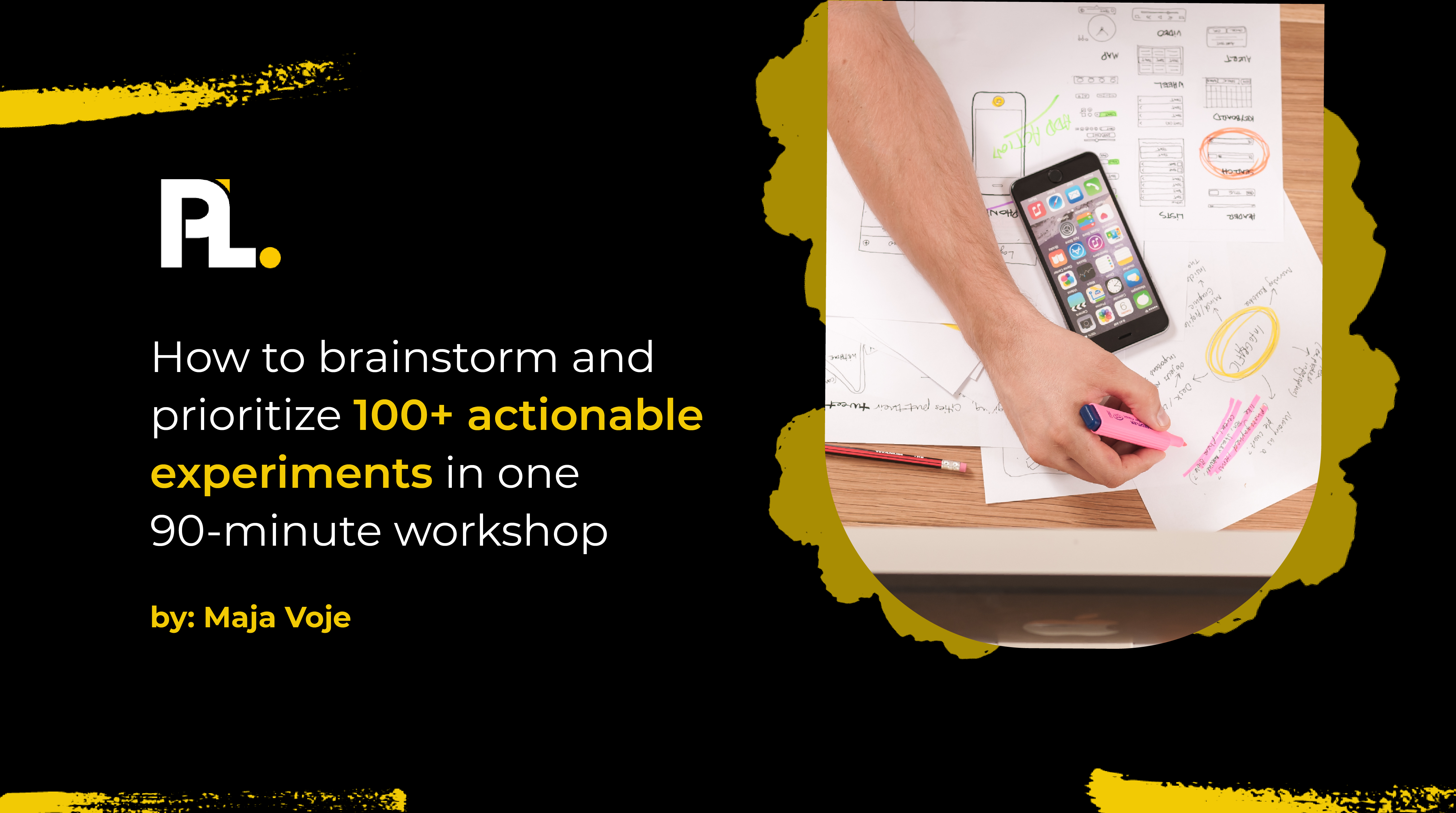
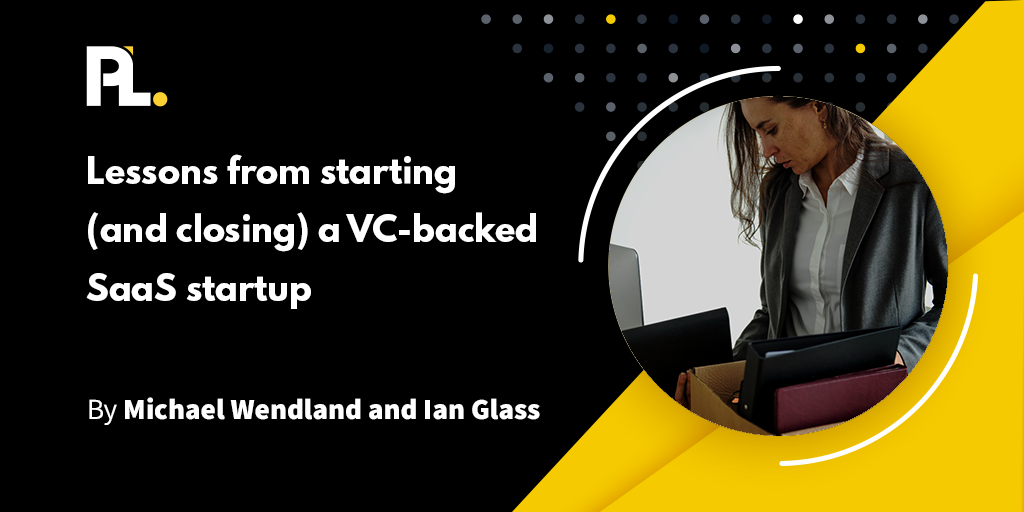
%20(1).png)


